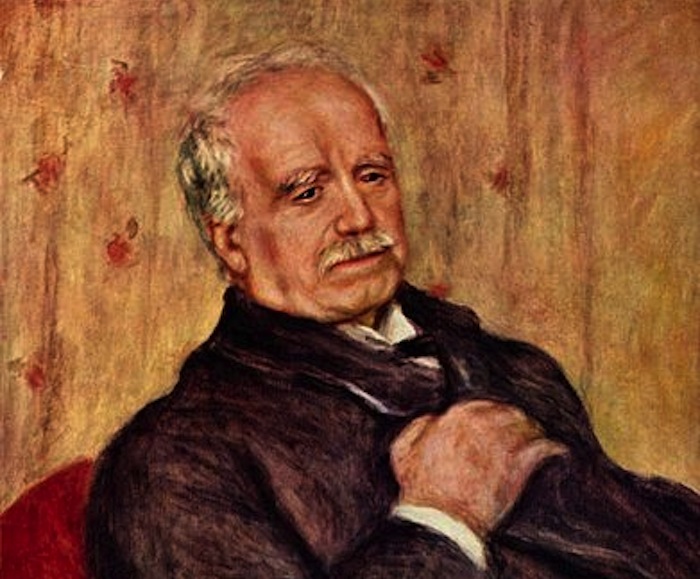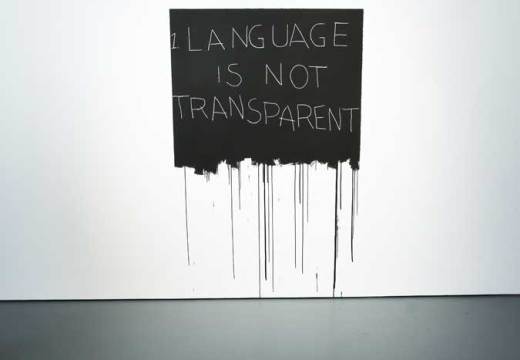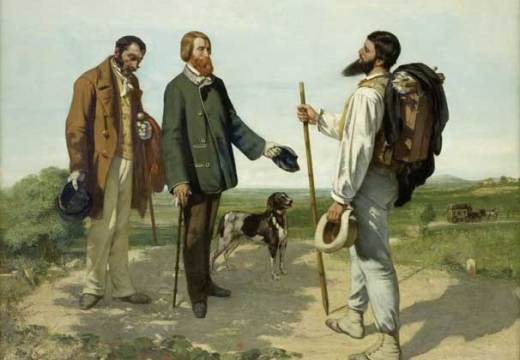To an outsider the art market can seem like a funny old business. One only has to look at the number of books published in recent years, purporting to disclose its mysteries, to appreciate the strange fascination it exerts on our culture more widely. This year we’ve had economist Don Thompson’s The Supermodel and the Brillo Box, on the market for contemporary art, and last year Philip Hook’s Breakfast at Sotheby’s, in which the auction house director alphabetised the art world as though it were a universe drawn up by Edward Lear. Mainstream publishers have had a taste for this sort of thing since the success of Sarah Thornton’s Seven Days in the Art World (2008), with its quasi-ethnographic approach: Thornton saw the entire sector as an obscure tribe, primed for anthropological investigation.
But however opaque the business of art may appear, it has been historically integral to the production of Western art for several centuries, and has long been deeply – and sometimes surprisingly – embedded in the culture of its day. One of the most interesting aspects of my role at Apollo has been the feel it’s given me for the history of the trade, and for its various efforts to chase, inform or manage taste.
That might mean the entrepreneurialism of Consul Joseph Smith, dictating the dissemination of vedute paintings in 18th-century England from his Venetian palazzo, or how seasoned dealerships have nurtured not only artists but innovations in collecting and display. I cannot visit the Fine Art Society in Bond Street without thinking of Whistler’s madcap exhibitions there in the 1880s.
There are still plenty of characters in the art business, even if the anodyne atmosphere of many art fairs and the exaggerated decorum that now seems compulsory near big money may well have blanched some of the fun out of this world. Historically speaking, one of the most legendary art dealers of all was the Frenchman Paul Durand-Ruel. It was he who backed first the Barbizon School then the Impressionists before their work became fashionable, and who tenaciously forged a market for their art. In this issue, Caroline Rossiter considers Durand-Ruel’s legacy in advance of a major exhibition at the Musée du Luxembourg.
But beyond the discrete history of the art trade, there is also that fascinating, and far more contested field of what the buying and selling of art tells us about the culture at large – about fluctuating attitudes to national heritage; about internationalism; about what is most valued when, and by whom. In this month’s cover story, Tom Stammers conjures up the salerooms of Belle Époque Paris, where high-profile auctions of Millet’s Angelus and the French crown jewels became causes célèbres in the popular press: the art market was a barometer by which the Third Republic’s aspirations and prejudices could be measured.
Of course, the public sphere has fragmented irreversibly since the 19th century, in many ways for the better. These days, it is hard to imagine a single auction dominating the broadsheets and tabloids alike, although something of that old fervour can be felt whenever an export ban is placed on a major artwork and the press picks up the ensuing salvage appeal. Nevertheless, today’s market reports will no doubt provide plenty of material for the cultural historians of the future.
Art cannot be unmoored from its historical and social contexts, though it need not always bring them into play. For this reason, from this month Apollo will include a number of regular new features that are designed to give the magazine a more informed feel without losing sight of the art that remains its raison d’être. A monthly ‘Letter’ will strengthen our international purview; ‘Art Outlook’ will summarise recent art news from around the world; and finally ‘The Apollo Inquiry’, which this month focuses on the difficulties currently faced by regional museums in the UK, will look to pause on a subject that should touch anyone who cares deeply about art.
This is taken from Apollo’s September issue. Click here to subscribe.
Unlimited access from just $16 every 3 months
Subscribe to get unlimited and exclusive access to the top art stories, interviews and exhibition reviews.














![Masterpiece [Re]discovery 2022. Photo: Ben Fisher Photography, courtesy of Masterpiece London](http://www.apollo-magazine.com/wp-content/uploads/2022/07/MPL2022_4263.jpg)
Why are fathers so absent from art history?